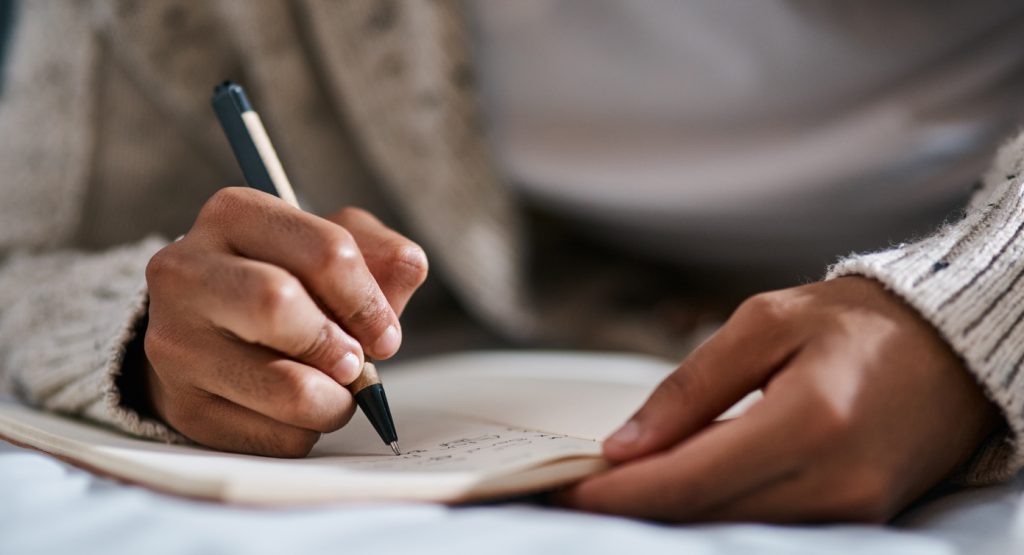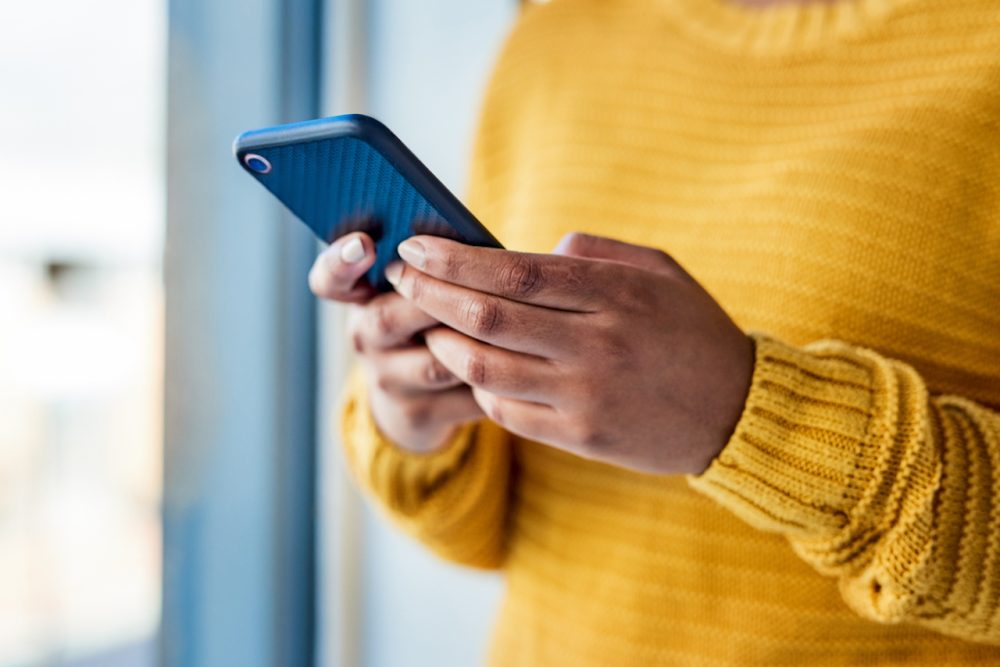As we approach the halfway point of 2022 I’ve decided not to just wait around until New Year to draft goals for myself. Today is my New Years and I’m drafting resolutions to turn around my life. Given that technology is such a part of everyone’s day-to-day these days – not to mention an integral part of this job – it’s not that hard to come up with a list of resolutions specifically around the consumer tech I use. I planned to put down a half-dozen or so of these, but then just couldn’t stop thinking and strategizing about one in particular: Getting my phone usage under control.
Though for many years I loved my share of Motorola Razrs, T-Mobile Sidekicks, Nokia N95s, and BlackBerrys, I’ve been an evangelist for smartphones and apps ever since waiting in line for the very first iPhone in 2007. Until recently, I jumped with joy as I tested out each new location-based social media app that launched at SXSW Interactive a decade or so ago. That conference was a hothouse for trying out beta versions of new social media apps, and I still remember laughing the first time that a work colleague stopped in the middle of a conversation we were having to update a post on his phone. (Little did I know that this behavior would soon become the norm.) I was all in on personalization, face recognition, and notifications, to name just a few mobile-era innovations.
However, like many screen-fatigued people these days, I am finding that the last half-decade of algorithmically targeted ads, posts, and updates, not to mention all-too-easy access to bottomless screen refreshes, have taken a toll on my productivity, moods, attention, manners, and sleep. Just like my lifelong efforts to meditate every morning or get to the gym daily, setting consistent boundaries around smartphone usage remains a challenge. I know there are many books, articles, and strategies out there on doing this, everything from weekly digital fasts to putting your phone in another room before going to bed. One approach I plan to try next year comes from brain and memory coach Jim Kwik, who has authored several books on productivity and hosts the weekly KwikBrain podcast. Essentially, Kwik’s strategy is to simply not touch your phone for the first hour of the day.
“You have no idea how much productivity and peace of mind you can have by not touching your phone the first hour of the day,” Kwik said when I spoke to him at a pre-pandemic Worldz Conference in 2019. “When you first wake up, your brain is open. [Turning on your phone] retrains your brain to be distracted. You are training distraction muscles as opposed to focus muscles. You are also retraining your brain to reacting, and you can’t build a quality life if you are reacting to things.” His words have often stuck with me when I all-too-often reach for my phone as soon as I wake up to check my email.

Kwik’s tactics are as follows: As soon as you wake up, write three things you want to accomplish personally and three things you want to accomplish professionally. Then, don’t touch your phone until you finish at least one of those things from each list. “The first hour of the day is the most creative for most people,” he said. “You want to limit the input, because the focus is output.”
It’s a neat strategy that I plan to try for the rest of 2022, not just to be more productive, but also to be more creative and generate great new ideas. After all, new ideas are what the technology business is all about.















